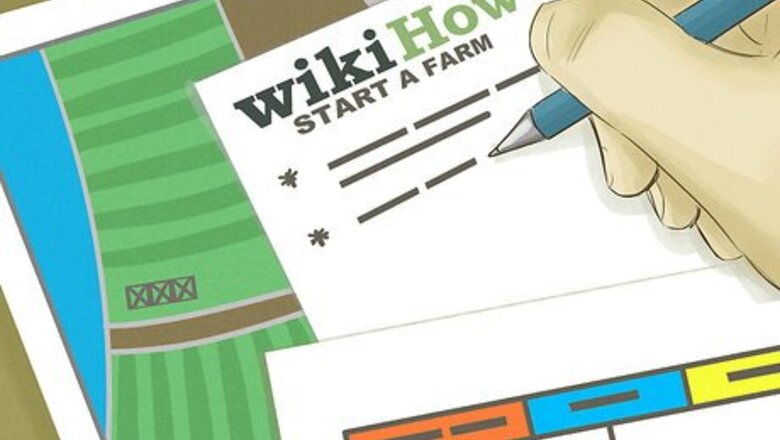
views
Planning It All Out

Start off by drafting up a plan. Have a business plan, an operational plan and a strategic down on paper before you buy or start a farm. Note where you are, where you want to be, and how you want to get there. Additional personal and business goals and objectives, and financial and market goals and objectives are also important to note. Reviewed and write down your strengths, weaknesses, opportunities and threats, (also called a SWOT analysis) of both yourself and the operation you want to get started in, as well as the farm you have in mind to purchase or start up from scratch.
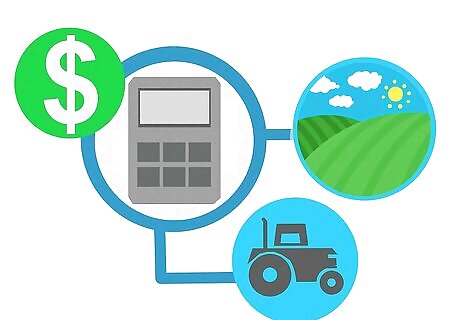
Make an extensive estimate of the cost of your farm. You will need to figure the cost of the land, equipment, and necessary improvements that must be faced before beginning your farm operation. There isn't a set price for land, or a fixed amount of land required to begin a farming operation, so you will need to look carefully at those prices in the location you have chosen. Equipment can be very expensive, but you may have an option to buy it with dealer financing or by purchasing used equipment.
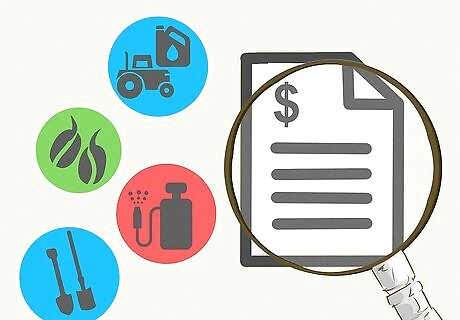
Look at your financial situation before you get too far down the path you have chosen. Farming requires an investment each year to maintain operations. Some costs are up front, like buying or renting the land, buying equipment, and funds to sustain you until you have sold crops/livestock. Other costs that are going to be faced each year are: Fuel and maintenance for equipment. You will most likely be buying diesel fuel for combines and tractors, hydraulic oil, engine oil, and other items to keep your machinery running. Seeds and fertilizer are necessary to produce a crop, and you will need to invest in these every year you plant and harvest your crops. Chemicals to protect your crops from insects, diseases, and invasive plants/weeds. Utility bills. You will almost certainly use some electrical power for water pumps and for maintenance equipment like an air compressor and other power tools beyond what you will need for your living quarters and day to day life.
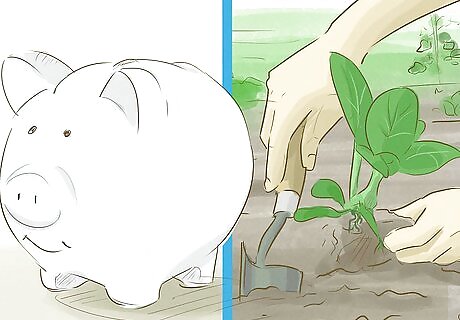
Plan on either working off the farm at a day job, or saving enough money to fund your cost of living until you begin to turn a profit on your farm. Farming doesn't pay you a weekly salary, your payday comes when you sell the product of your farm, and often that isn't until the end of your growing season.
Land and Climate
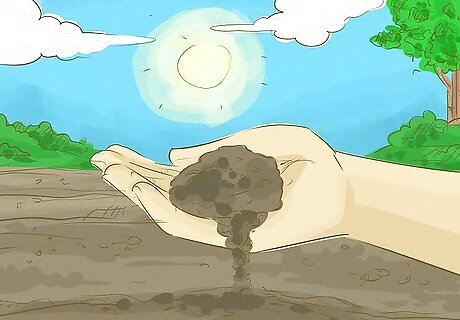
Familiarize yourself with the land and the surrounding climate. The land is the foundation of how, where, and what you farm. The climate also dictates what you can raise and how it will affect you and your operation.
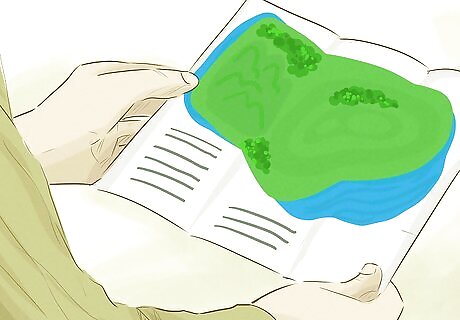
Study the topographical features of the land. Hilly terrain is more suited for livestock raising than crop production, whereas gently rolling or almost flat is suited for crops.
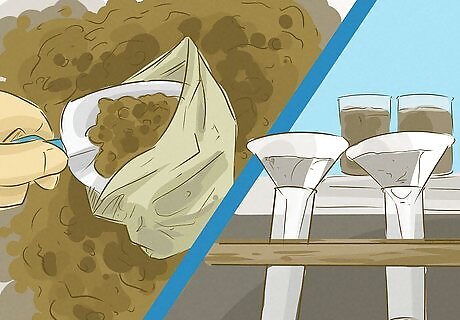
Dig a small pit and get some soil samples around the farm. Soil samples that can be sent in to a lab can tell you the type of soil (silt, sand, or clay, or a combination of any two or three), and quality (organic matter, organic carbon content, nutrient details [primarily nitrogen, phosphorus, potassium and sulphur], salinity and pH levels). A soil pit or even data done on previous surveying of soil types can tell you depth of soil horizons and especially for crop growers, the depth of the first horizon which where most of the root biomass will be as well as the nutrient content. Soil is incredibly important for crop production, because if results come back that it's not up to par, or if some research on data that had been done previously shows that it's not good for crop production, then you may have to look elsewhere for better land or find something that will do better on it.
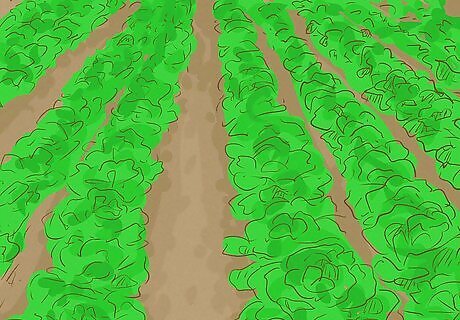
Vegetation. For crop production surrounding vegetation that is growing wild in other pastures or along roadsides is unimportant because you aren't going to be wanting to raise livestock, just produce crop for sale of your own choice. However, surrounding farms will tell you what they can grow in their fields, and thus will show you what you can consider growing as well. Some areas aren't as suited for growing corn as others, and orchards or a tree farm may be a better option to consider if you'd rather have a lot of trees on your land. For livestock raising, though, surrounding vegetation is important especially if you want to have pastures with a multitude of plant species and not just a few that you want seeded in. So have a look at the native or volunteer plants that are growing wild in and around the farm, from the outskirts of the fields to ditches and even what looks like could be growing in the neighbour's field. Some of those plants can be weeds that will need to be watched. Any plant that grows in a crop field (or even pasture) can be considered a "weed." You will need to be prepared to know what weeds grow in the area you want to start a farm so you are better prepared to know how to deal with them.
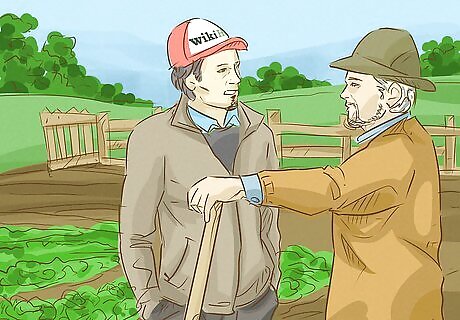
Talk to other farmers as well as the owner that is selling the land (if you are buying a farm rather than inheriting one from your parents or grandparents) for information on the kinds of crops and plants that they grew there, when it was seeded, when they were sprayed and when the crop was harvested. If the land was only used for pasture and hay, have a forage analysis done along with the soil test, especially with collecting hay for livestock.

Go to a local agricultural (or county extension) office located in your county, state or province to look at the different reports on the different climatic conditions that have happened over the years for the area you will be farming in. Note that a lot of this information may be on line, but if you cannot find what you're looking for you may need to see someone to get more information on the environmental conditions of your area Only do this if you are not familiar with the location and before or after you have talked to the seller and some of the neighbours.
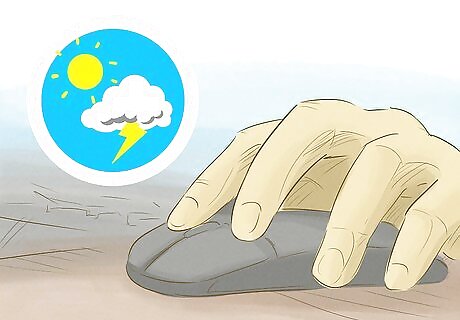
Do some research on climate history of your area. Climate is one of the most important factors that affect a farming operation, because it influences when things need to be done before a certain change in a season will hit and disable a possibility or hope of doing what you wanted to on your farm. Average precipitation levels and times when precipitation is most likely to come throughout the year is of most importance. Other climatic data you may want to look into is storm frequency and types, flooding and drought history and frequencies, growing and frost-free days, seasonal changes (rainy versus dry season or spring, summer, autumn and winter season), length of days, etc. Even if you're starting a farm in an area you are already familiar with, sometimes re-familiarizing yourself with this information can be helpful for the kind of farming operation you want to get started in.
The End of the Beginning
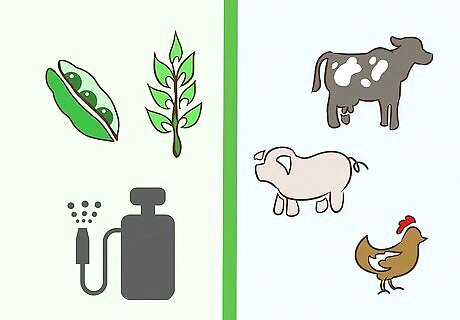
Know what crops are best for you to sow, and what fertilizers, herbicides and pesticides to use on that crop. Be prepared to be flexible and to learn as you go. As for livestock, now is a good time to purchase your animals. Make sure you start with good animals and not someone's crappy culls. Carry through with what you've been planning for and built up to now, as this will most likely what will make your business click.
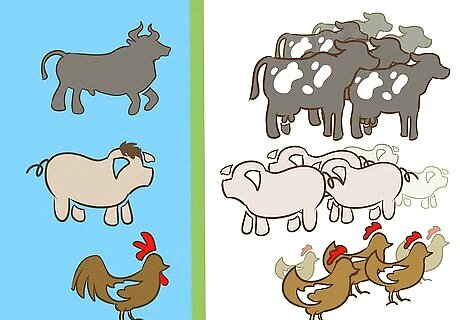
Be responsible in choosing the animals you purchase. If you are getting a breeding herd, only one intact male per several females is optimum. For instance, a bull is able to easily service up to 50 cows or heifers at one time. A boar can be used to service 20 sows, and one ram or buck for 20 to 25 females. If you are starting with only a handful of cows, do not purchase one bull per cow! This also goes for all other breeding livestock. It is best to choose to artificially inseminate the only 2 or 3 cows you buy or to lease a bull to service them. This also goes for pigs, sheep, goats, chickens, ducks, geese, horses, and other animals.
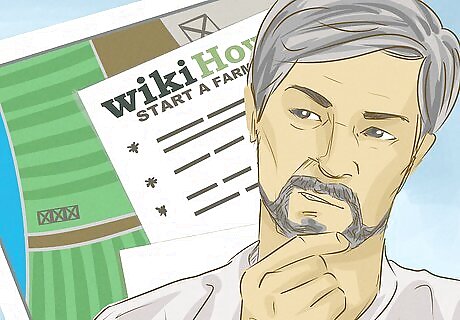
Be prepared for the unexpected. Always review your business plan and make changes as needed as new ideas, new thoughts and new issues come up.




















Comments
0 comment